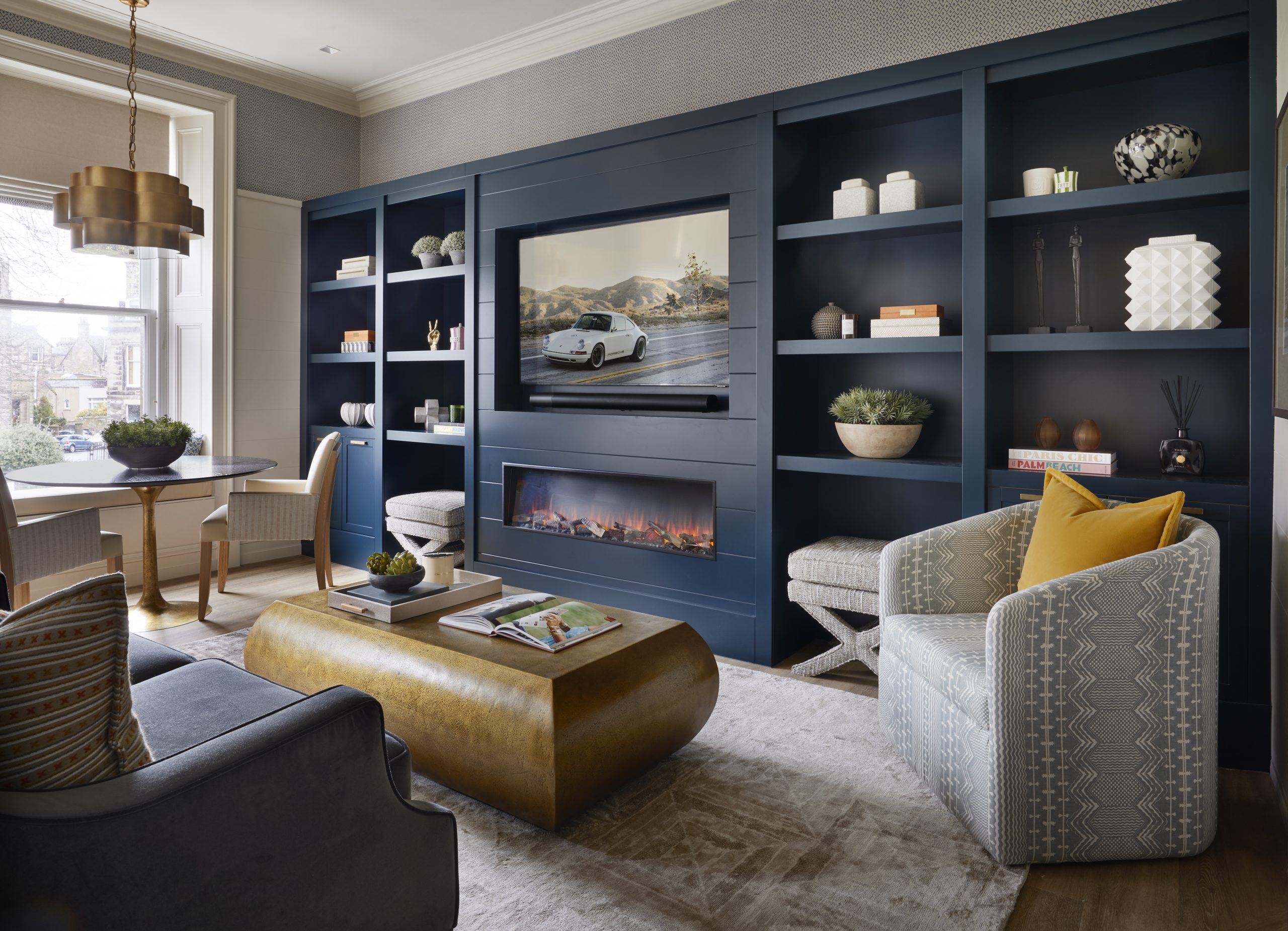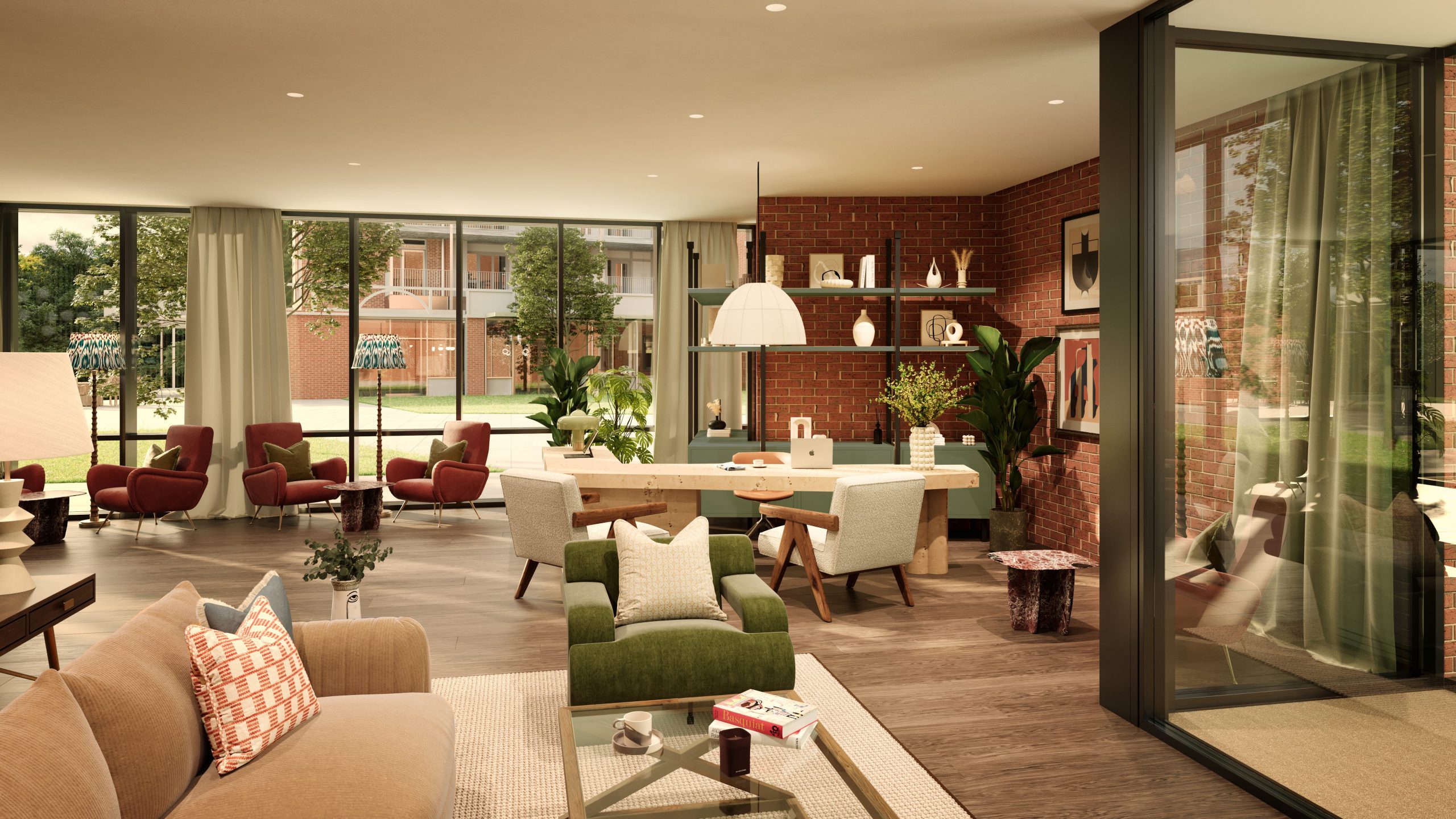by Natalie Straker, Bernard Interiors
Outlined simply, artwork can be defined as “the expression or application of the human creative skill and imagination, typically in a visual form such as painting or sculpture”. Here we focus on the importance of art within an interior and the effect it has on the end user.
When sourcing and specifying artwork it is always key to consider the ‘raison d’etre’ – this is the philosophy that anything installed should have a reason for being and a sense of aspiration.
The artwork we select is carefully considered. Requirements for subject matter, medium and value are often determined by the needs of a particular territory or market, and we are inspired by the historical design influences of the building. The artwork continues the story, reinforcing the relevance of the overall design.
For example, when sourcing for the high end retirement market, the end user is most likely to be cultured, accomplished and engaged. They often have a personal collection and appreciate fine art. We aim to reflect this by installing both classic and eclectic pieces – sourced from galleries, museums and historical archives – sympathetic to their experiences and their cultural background.
When selecting art for a private client, the process is collaborative and deeply personal. We recently completed a private residential villa in Marbella, Spain. The property is a second home with the brief detailing the need for an uplifting yet tranquil space with a timeless feel. We commissioned artists from across the world, one of the key bespoke pieces being imported from the USA. The outcome is a unique and eclectic collection – abstract, sculptural, mixed media – reflecting the client’s dynamic personal taste whilst complementing the interior scheme and the Mediterranean setting.
For a commercial or public building, artwork will be viewed by a wide variety of end users. This presents a different set of requirements.
Student accommodation requires the selection to appeal to a young age bracket, from a range of backgrounds and nationalities. Given that the majority of students are encountering a new city and are excited by the prospect, we take influence from the surrounding area, and reflect it in the use of graphic prints and uplifting displays which are often trend-led.
These themes can also be applied in hotel design, however the end user could vary much more widely in age. The artwork needs to be considered alongside the brand target market, and reflect the brand ethos and the location of the site. For example, a hotel in a business district should reflect its professional clients, whereas accommodation in a holiday destination could be light-hearted and occasionally daring.
Art should have a strong, lasting and emotional impact on an individual. We aim to identify and profile the target market for each development, allowing the interior scheme to reach out and engage people via the artwork.





